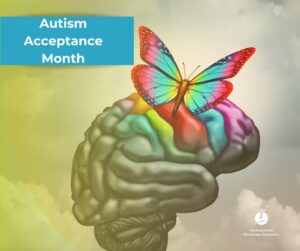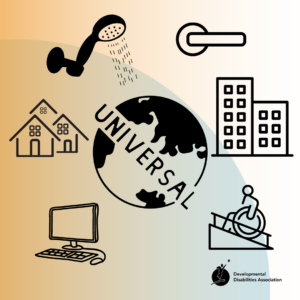We came across this wonderful short video from The RSA (Royal Society for the encouragement of Arts, Manufactures and Commerce) on the differences between empathy and sympathy. In the video, Dr Brené Brown lays out precisely what empathy and sympathy is, how they differ, and the best way to ease someone’s pain and suffering through genuine empathic connections. Click on the video below!
Things to Take Away
Empathy fuels connection while sympathy drives disconnection. According to Theresa Wiseman, a nursing scholar, there are four qualities of empathy:
- Perspective-taking, the ability to take the perspective of another person (or recognizing that their perspective is their truth)
- Staying out of judgement
- Recognizing emotion in other people
- Communicating that emotional recognition
Empathy is always a choice, and what makes it even more difficult than sympathy is that the act is a vulnerable one; in order to connect with another person empathetically, you have to first connect to something in yourself that can understand that feeling.
Sometimes when you’re in a particularly difficult conversation, it’s often better to respond with “I don’t even know what to say right now, I’m just so glad you told me,” rather than finding a plausible solution to an issue that, for one reason or another, may not even have a solution. Rarely can a response make something better for someone going through difficulties. We should always remember, empathy is feeling with people and that what makes us feel better is connection.
Dr Brené Brown has spent the past decade studying vulnerability, courage, worthiness, and shame. She is a research professor and author of “Daring Greatly: How the Courage to be Vulnerable Transforms the Way We Live, Love, Parent and Lead“.
Related Links:



